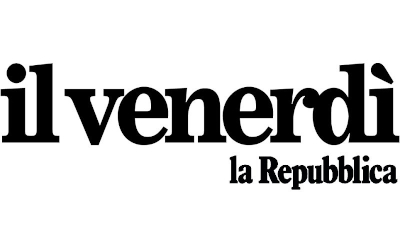 Il venerdì di Repubblica
Il venerdì di Repubblica
February 17, 2023
by Arianna Passeri
Very often, while reading one encounters expressions such as “the space of narrative,” “the foundation of a story.” Or perhaps of a book whose “plot does not stand.” What seem to be simple metaphorical expressions are actually to be understood as revealing spies of a double-stranded link between the worlds of architecture and literature.
Architect and author Matteo Pericoli starts from this assumption to devise an interesting creative exercise: “If the architecture of a novel were really a building – that is, it had a physical structure, not just made of words – what form would it take?”
So here Heart of Darkness becomes an inverted truncated pyramid, whose apex is meters deep in the ground, and My Brilliant Friend splits into two buildings that support and repel each other.
And several more are examples. Almost magically, even the reader can thus “visit” The Great Living Museum of Imagination (Il Saggiatore, 166 pages, 25 euros), and discover the secrets behind the construction of a text (and a building).
